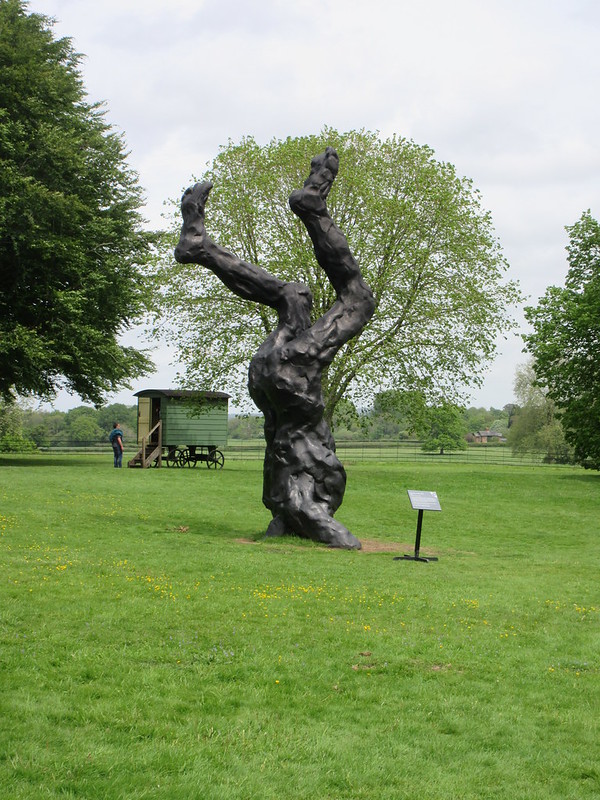Greg wants to take our new car for a run so we head for the nearby coast of Stackpole. The sat nav soon finds us on some narrow country lanes, clouds of cow parsley and buttercups brushing the sides of the car. The satnav is convinced we are not a road at all! Fluffy clouds hover and float in the bluest of skies. We steer through a patchwork of fields and rolling hills, glimpses of blue bays beyond and eventually reach Stackpole quay.
Stackpole (and those named after it) is probably named after a stack of rocks on the coast at the entrance to Broadhaven from which settlers of Norman descent made their way into Ireland (From the Old Norse stakkr for stack and polr for pool).
The Stackpole coastline is also owned by the National Trust, consisting of sandy beaches, tranquil wooded valleys, wildlife rich lily ponds and walking trails. We only went as far as Stackpole quay, a tiny harbour nestled in between the cliffs and a favourite venue of kayakers. The beach here is stony with beautiful rounded flat pebbles and dramatic outcrops of rock.
The estate includes 100 acres of lakes (known as the Lily ponds) created by damming the three narrow limestone valleys in 1780 and 1860 by the earls of Cawdor. The estate once centred on an elegant baronial mansion Stackpole Court, eventually besieged by Parlimentarians. A later mansion of limestone was requisitioned at the beginning of WW2 for training and remains part of the Castlemartin range today. We must go back and finish exploring!
Our journey back along the country lanes is delayed somewhat by a sheep that stands in the middle of the road, staring at us. Eventually it decides we are not being much help just taking its photo, and wanders disdainfully off to try and find its way back into a field with other sheep.








